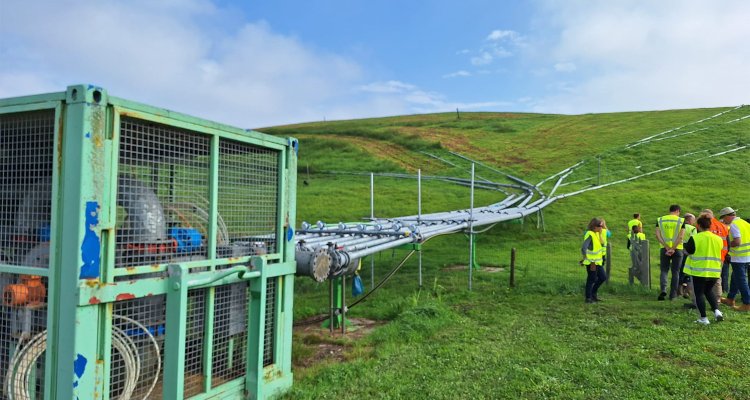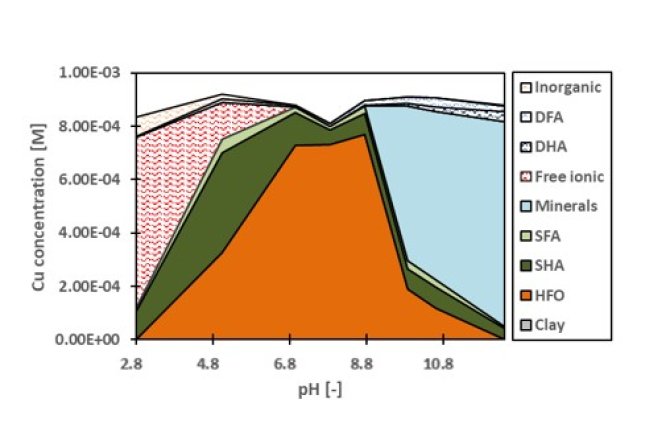
Project
Contaminant speciation in actively treated landfill waste
My research revolves around sustainable landfilling, elucidating how subjecting solid waste in landfills to aeration and/or leachate recirculation affects the speciation and leachability of contaminants.
Background
Landfills pollute the environment through the generation of contaminant-rich leachate. Costly (eternal) aftercare of the waste is required for environmental protection. Treatment of the landfilled waste through aeration and leachate recirculation may significantly shorten this aftercare period. Enhanced degradation of organic contaminants combined with potentially increased binding of contaminants may result in decreased leachability, although the exact effects of the treatments and optimal treatment conditions are not fully understood.
Description
My project aims to further elucidate how aeration and leachate recirculation affect contaminant speciation and subsequent leaching to the subsurface. This is done through a combination of experimental and modelling approaches. pH dependent leaching tests conducted at various stages of waste treatment, combined with geochemical modelling, elucidate the main mechanisms behind contaminant release from solid waste and simultaneously help to identify mechanisms that are still poorly described. These descriptions are improved through adsorption experiments and new parameter estimations, particularly for ammonium and chromium binding to organic matter. Newly attained parameters are tested to describe reactive transport in various waste environments:
- In 60 L landfill simulation reactors, where the active treatment is simulated;
- Within one of the actively treated landfills, where in-situ pore water samples are taken at various depths;
- In the actual leachate of the actively treated landfills.
Results
pH dependent leaching experiments on waste prior to stabilisation showed large changes in contaminant release with changing pH for most contaminants, typically with minimum release found around neutral pH. Mineral precipitation/dissolution and adsorption to metal (hydr)oxides and organic matter play a major part in this behaviour. Chromium and ammonium where observed to be predicted poorly by the model and are thus further investigated for potential improvements.

Contaminant concentrations are highly heterogeneous throughout the landfill depth. Concentrations of most contaminants are either highly correlated with dissolved organic matter, where association with the organic matter results in increased concentrations, or to inorganic carbon, where higher inorganic carbon concentrations result in carbonate precipitation and thus lower contaminant concentrations. These results are consistent with the leaching patterns and underlying mechanisms found in the pH dependent leaching tests.
Leachate concentrations in two of the three landfills, both subject to aeration, showed inconsistent changes during the first six years of active treatment, where concentrations of certain contaminants increased and others decreased. The third landfill, subject to leachate recirculation, shows consistent decreases in contaminant concentrations over time.
